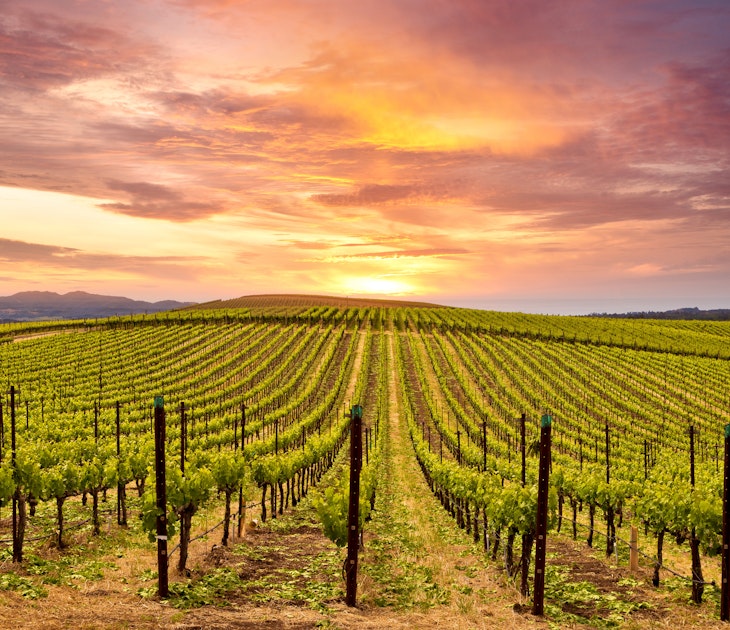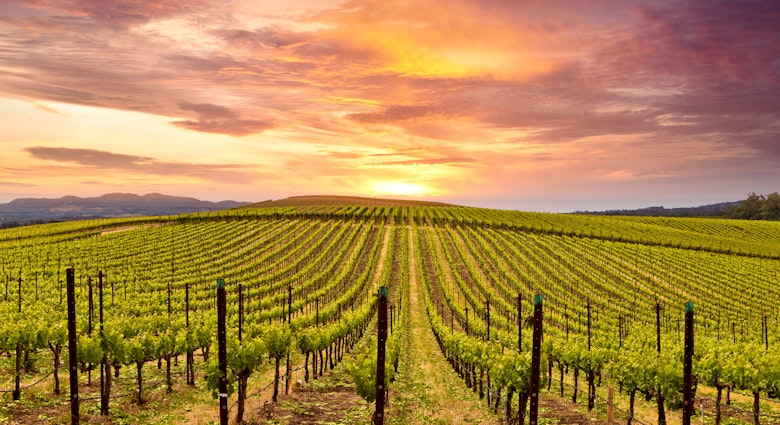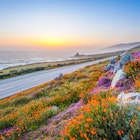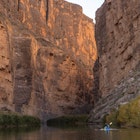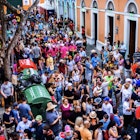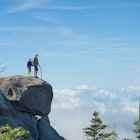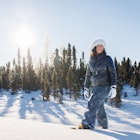California has a reputation for sunshine, beaches and palm trees – but that’s only part of the picture.
Along with the longest coastline in the continental USA, the Golden State offers small-town getaways, snowy adventures, fine food and wine, Indigenous culture and unique natural encounters.
For travelers looking for all of this and more, here’s a primer for some of the best things to do in California that are a little off the beaten track.
1. Seek winter adventures in the mountains
Peaks ideal for winter recreation are easy to find in elevated, snow-capped areas of California. Climbing to 14,179ft, Mt Shasta in the far north of the state is a playground for cross-country skiing, night skiing and snow tubing from mid-December to April.
Inland from Fresno, Mammoth Mountain in the High Sierras receives an average of 30ft of snow each season. It’s a great place to clip onto a snowboard, strap on some snowshoes or go dog-sledding. At the end of an active day, bed down in some of America’s coziest ski-in-ski-out holiday rentals, lodges and resorts.
In Southern California, go snowboarding in the state’s freestyle capital, Big Bear, or take the Palm Springs Aerial Tramway to the top of Mt San Jacinto to access winter camping sites and prime spots for family snowball fights. If you’d rather stay warm, Palomar Mountain offers scenic seasonal drives through cedar, pine, and fir trees.
2. Dine at award-winning restaurants
A multicolored array of fresh produce (a third of the nation’s fruit and nuts are grown in California) and top-notch local meats and seafood bring superior flavors to the state’s world-renowned restaurant scene. In big cities and small towns, dining options range from hip street eats to casual diners and high-end fine dining.
California is no stranger to food awards, regularly those garnered by restaurants in global capitals San Francisco and Los Angeles. Such recognition underscores California’s status as a powerhouse foodie destination.
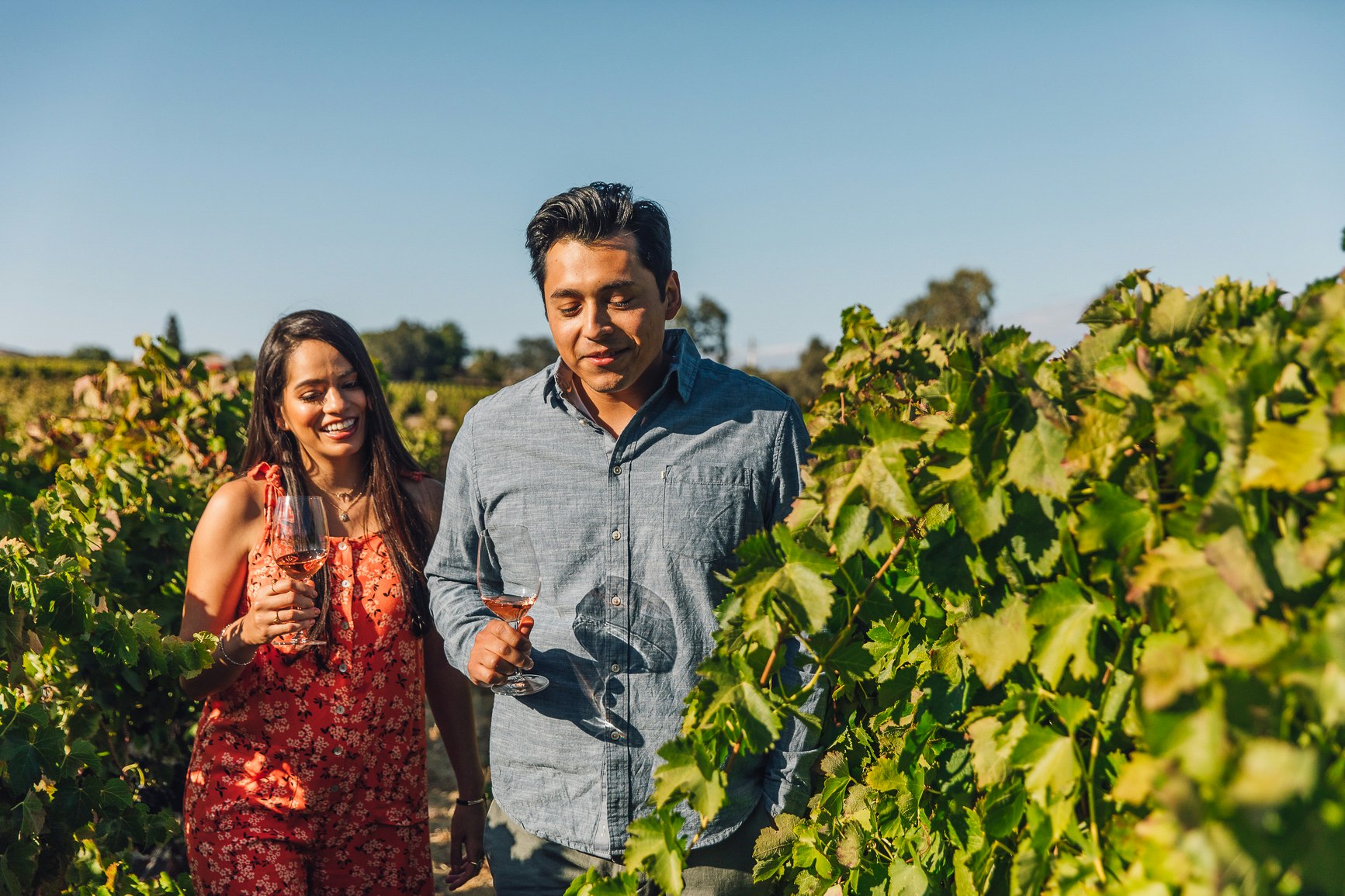
3. Follow California’s wine trails
Most travelers instantly link Californian wine to the famous Napa Valley – but the state is home to more than 130 distinct, federally recognized American Viticultural Areas (AVAs). Beyond Napa, start your oenophile adventure in Russian River Valley in Sonoma County (we recommend Sonoma-Cutrer’s tasty chardonnay and pinot noir).
Lodi in the Central Valley is primarily known for its zinfandels, but the region is fast emerging as a top destination for less familiar grape varieties such as albariño and vermentino – check out the crisp whites made by Klinker Brick Winery.
Closer to the coast in Paso Robles, the Tin City food and wine market hosts Desparada Wines, known for its French- and Italian-influenced reds, whites and blends. Meanwhile, Temecula in Riverside County – between LA and San Diego – is ideal syrah-growing country.
4. Learn about California’s Indigenous cultures
Innovative cultural centers, sacred sites, learning spaces and hands-on arts-and-crafts experiences are just some of the many ways visitors can learn more about the 100-plus federally recognized tribes in California.
Near Eureka on the North Coast, Fort Humboldt State Historic Park has exhibits that explore how miners and settlers interacted with many different California tribes, including the Karok, Hupa, Wiyot, Yuki and Shasta.
After biking the American River Parkway (Jedediah Smith Memorial Trail) in Folsom (300 miles south of Eureka), stop in at the Folsom History Museum to view exhibits about the area’s Indigenous peoples and Gold Rush history. A new museum devoted to the experiences of Folsom’s Chinese Americans is in the works.
For something more hands-on, take basket-making and other crafts classes at the Nuui Cunni Native American Intertribal Cultural Center east of Bakersfield, near Sequoia National Forest. You can also shop for woven baskets and other Indigenous arts and crafts from local makers at the Owens Valley Paiute Shoshone Cultural Center in Bishop, a small town that’s a favorite of bouldering, mountain biking and fishing enthusiasts.
Chumash Painted Cave Historic Park near Santa Barbara features rock art thought to have been painted by the Chumash people in the 1600s and earlier. Continuing south toward Los Angeles – home to America’s largest Indigenous population – the Haramokngna American Indian Cultural Center highlights the history and culture of the Chumash, Kitanemuk, Serrano, Tataviam and Tongva tribes.
In the Coachella Valley, construction is underway on the Agua Caliente Band of Cahuilla Indians’ Cultural Plaza. The Spa at Séc-he – powered by mineral-rich waters from a nearby hot spring that the Cahuilla have used for healing and spiritual purposes for centuries – is now open, and future plans for the plaza include a museum.
In San Diego County, the area now covered by the Mission Trails Regional Park played an important role for Indigenous Kumeyaay and Luiseño people. It remains a fine spot for hiking, mountain biking, trail riding and weekend camping.
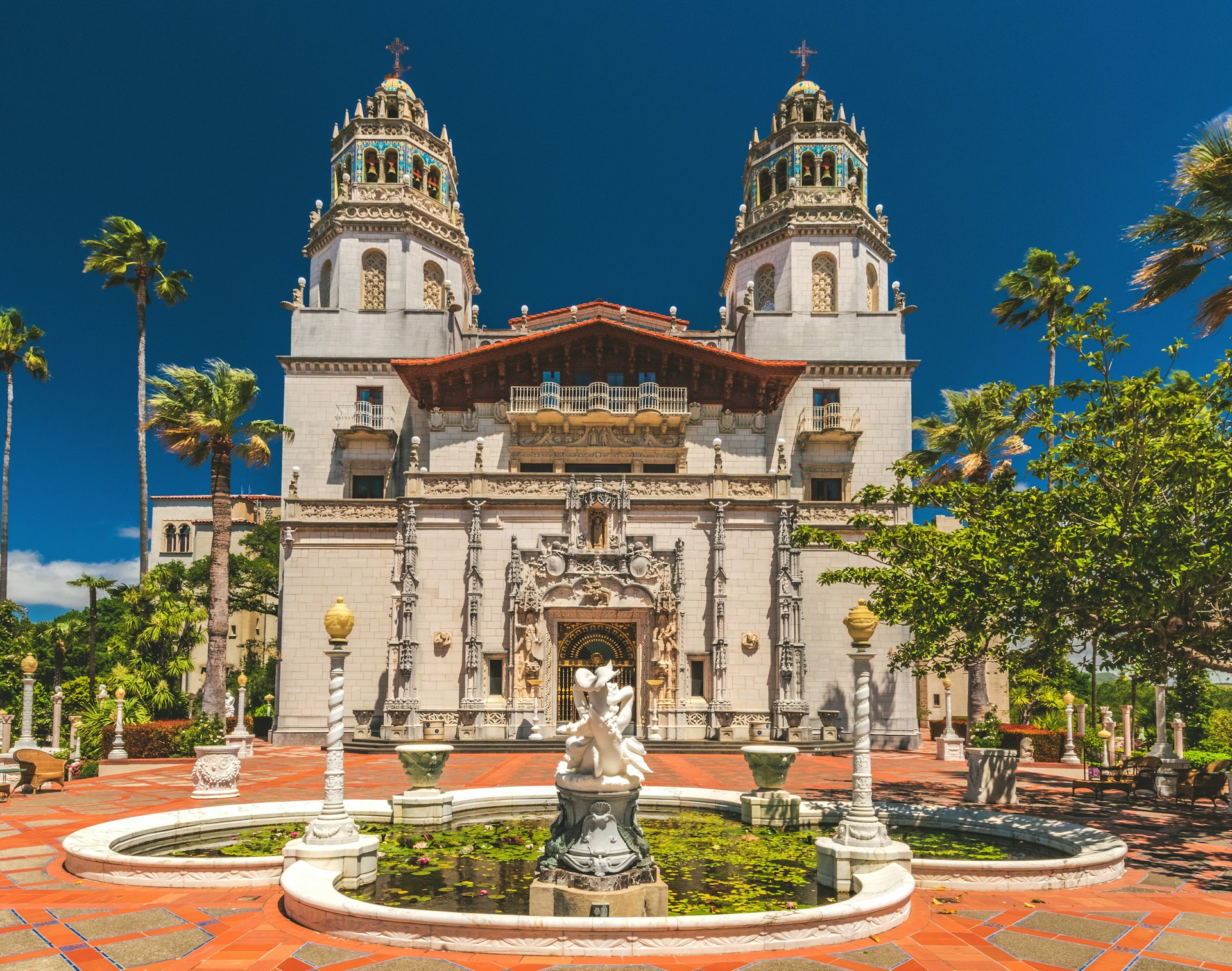
5. Experience American culture in California’s small towns
Small towns offer the best of the US – and California is no exception. North of San Francisco, Chico is a vibrant college hub surrounded by farming communities – always a good sign when seeking out great food in California’s northeast. The town’s Bidwell Park is a great spot for splashing around in swimming holes, riding horses, fishing and hiking. You can also tour the highly regarded Sierra Nevada Brewing Company brewery and admire work by local artists at the Museum of Northern California Art.
Located in the Trinity Mountains a few hours north of Redding, Dunsmuir is a well-loved fly-fishing destination and a notable stop for US railroad history buffs. Near Napa, Calistoga is a place to soak in soothing mineral waters at spa resorts that range from modest to opulent. Some are also clothing optional. Along California’s Central Coast, Cambria is an artsy seaside town dotted with cozy inns. It’s also the setting for Hearst Castle, the lavish former home of William Randolph Hearst and a must-visit stop for anyone driving the Pacific Coast Highway.
Inland and easily accessible from Los Angeles, Ojai attracts wellness-seekers who also like the comfort of bedding down in boutique hotels. The mountain town of Idyllwild puts 30,000 acres of the San Jacinto Wilderness within reach, as well as art galleries, outdoor rock climbing and an annual outdoor jazz festival.

6. Witness remarkable natural events
California sees some amazing natural phenomena every year. If the timing aligns, try to catch the annual bioluminescence events in Point Reyes (Sonoma County), Long Beach (Los Angeles County), Newport Beach and Laguna Beach (Orange County) and San Diego.
During the day, the ocean takes on a reddish-brown hue from algal blooms, with these same microscopic organisms making the ocean light up at night. These “red tides” are best observed from land, however, as the algae produce toxins that can cause irritation for people with asthma and other medical conditions.
The annual monarch migration begins in November and runs through March, bringing vast numbers of these distinctive butterflies to the Central Coast, including Pacific Grove’s Monarch Grove Sanctuary in Monterey County. Though the number of butterflies is impressive, western monarch butterfly numbers have dwindled by 99% since the 1980s, likely because of a combination of climate change, drought conditions and habitat loss. If you’re lucky enough to witness these glorious butterflies, spare a thought for their fragility.
The annual whale migration is another good reason to visit northern California from December to April when some 20,000 gray whales pass by as they travel between Alaska and Mexico. And humpback whales, blue whales, orcas and other species are spotted year-round. Monterey Bay is the most famous whale-watching destination in California.
7. Shop for products made by California artisans
Locally made homewares, apparel and accessories can be found throughout the state, showcasing California’s renowned creativity. Sweet July in Oakland highlights Black-owned businesses and Bay Area makers; shop for kitchenware, jewelry and self-care products from producers such as Johanna Howard Home, 54 Thrones, and ByChari.
In Santa Ana, Alta Baja Market at 4th Street Market celebrates the food of California, the Southwest and Mexico. It's a good place to find wines from the emerging Valle de Guadalupe wine region in Mexico.
In Downtown Los Angeles, The Row houses sustainable fashion boutiques including Coast by Coast swimwear and Banks Journal menswear, as well as a wine shop, florist, produce market and restaurants.
8. Don’t forget the obvious California experiences
California’s best-known experiences are endlessly popular for a reason – so you can explore the beaten track without the threat of disappointment. Bask on California's beaches, soak up the big city buzz of Los Angeles and San Francisco, take amazing hikes in the California hills and enjoy the thrills in the state’s fantastic theme parks, including Disneyland. And don’t overlook outdoor adventures in such legendary national parks as Yosemite, Joshua Tree and Death Valley.

